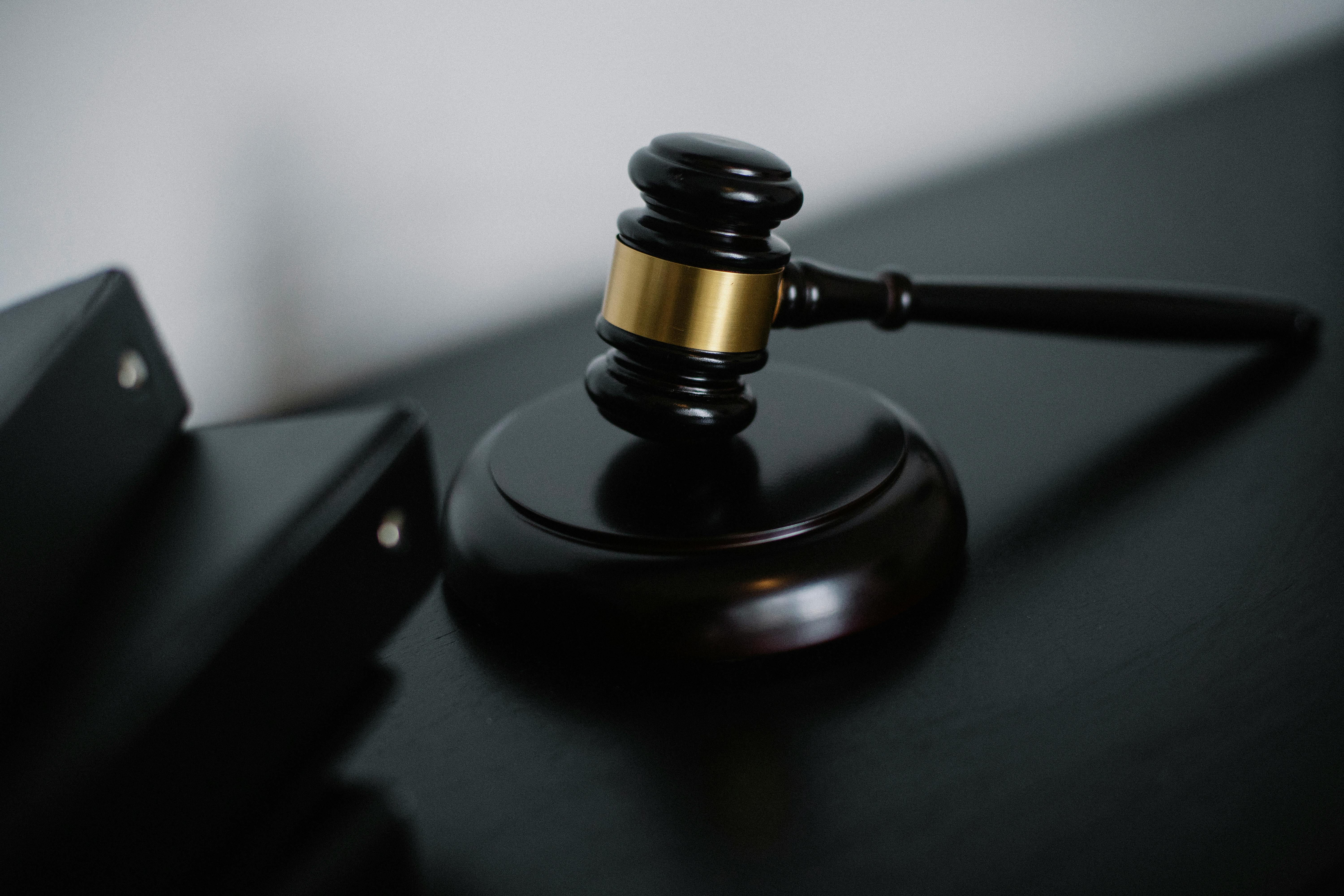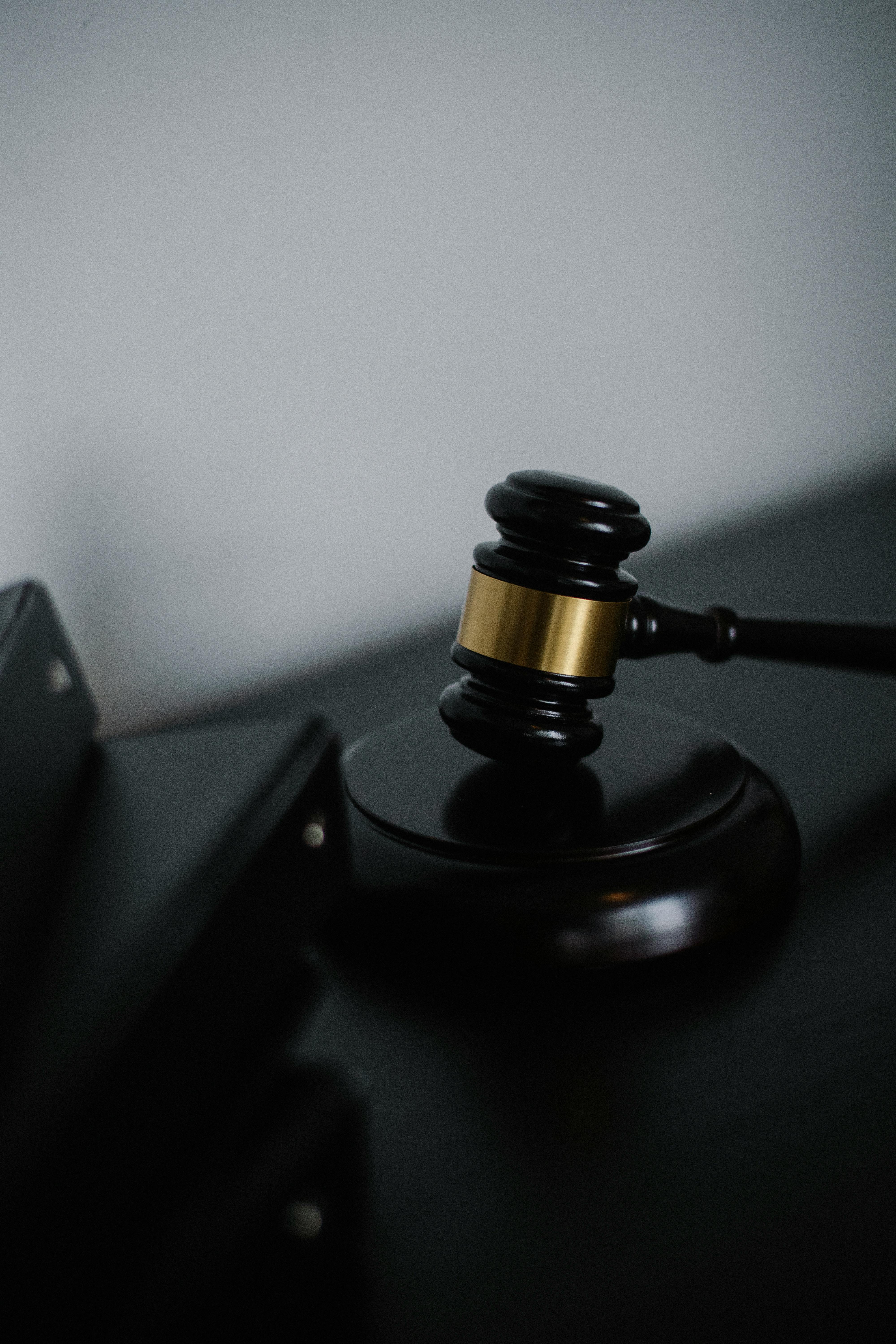AI on Trial: The New Power Dynamics of Digital Justice
Artificial Intelligence is no longer just a tool — in courtrooms around the world, it’s becoming a participant. The quiet introduction of AI into judicial systems has reshaped how evidence is read, how bias is interpreted, and how fairness is defined.

From Data to Verdict: When Algorithms Speak for the Law
In 2025, predictive algorithms are no longer used solely for insurance or finance — they’ve entered the courtroom. Governments in the U.S., U.K., and Singapore are piloting AI-assisted judicial analytics that analyze thousands of prior rulings to recommend sentencing ranges or settlement probabilities.
These systems are marketed as “fair” and “objective.” Yet fairness in machine learning depends entirely on what data it consumes. When the past itself is biased, algorithms amplify the bias with mathematical precision.
“Justice powered by data can be efficient — but not necessarily humane.”
The paradox is simple: AI reduces human inconsistency but also removes human empathy. Courts are faster, cheaper, and cleaner — yet they risk becoming colder and less accountable.
The Rise of Algorithmic Judges
In Estonia, a robot judge project now handles small civil disputes under €7,000. In China, the Hangzhou Internet Court uses AI avatars to preside over digital commerce cases. The United States, through COMPAS and similar systems, already relies on algorithms to assess a defendant’s likelihood of reoffending — influencing bail and sentencing.
None of these systems claim to “replace” human judges — yet they increasingly influence judicial outcomes. The human merely confirms what the algorithm suggests. This creates what experts call the illusion of discretion — where control appears human, but the core decision is algorithmic.

Justice Without Transparency: A New Legal Blind Spot
AI models in the legal field are rarely open source. Corporations that build them guard their training data and model weights as trade secrets. That means defendants often face algorithmic decisions they cannot question — a digital version of “secret evidence.”
This lack of transparency introduces a new kind of legal opacity. If a person is denied parole or a loan because of an algorithm, how do they challenge that judgment? Who cross-examines the code? Who is accountable when AI gets it wrong?
In 2025, the world stands between two legal philosophies: human-led justice versus machine-optimized fairness. The outcome will shape the moral architecture of law for decades to come.
The Transparency Paradox: When Legal Systems Go Opaque
The justice system was built on the idea of visibility — every citizen deserves to know why and how a verdict is reached. But when AI-driven legal systems enter the scene, visibility fades behind proprietary algorithms and machine learning models that are impossible to audit publicly.
In 2024, a study by the Brookings Institution found that over 72% of government AI contracts involved non-disclosure clauses preventing any public review of the algorithms’ decision logic. That effectively means the very systems judging citizens are protected from the citizens themselves.
Transparency is not just a technical issue — it’s an ethical divide. When citizens lose the right to question automated outcomes, the principle of due process becomes theoretical rather than practical.

The Hidden Algorithms Behind Legal Fairness
Predictive justice systems rely on training data from historical court rulings. But if the past was unjust — biased toward gender, race, or class — the algorithm will mathematically preserve that bias. The outcome? A digital replication of systemic inequality, wrapped in the language of efficiency.
In 2023, ProPublica published a groundbreaking report exposing bias in the U.S. COMPAS system — showing that Black defendants were twice as likely to be misclassified as “high risk” compared to white defendants with similar records. The court trusted the algorithm because it seemed neutral. It wasn’t.
“An algorithm trained on injustice does not erase it. It encodes it.” — Harvard Law Review, AI and the Future of Sentencing (2024)
Case Study: United States vs Predictive Sentencing
The United States is now wrestling with an uncomfortable reality — that automation has entered the courtroom faster than regulation. States like Wisconsin and Florida already allow judges to use algorithmic “risk assessments” during sentencing. Yet, no national policy mandates transparency about how those risk scores are calculated.
The U.S. Supreme Court has not yet ruled on whether algorithmic sentencing violates the Sixth Amendment’s right to a fair trial. But legal scholars at Stanford Law School warn that “the longer AI decisions remain unchallengeable, the closer we move toward algorithmic authoritarianism.”

Algorithmic Appeals — Who Judges the Judge?
When AI issues a recommendation that affects sentencing, who can appeal it? So far, there’s no unified answer. U.S. courts treat AI as “advisory,” yet judges rarely deviate from algorithmic recommendations. Lawyers report that “advisory” quickly turns into “binding” once entered into legal precedent.
The result is a silent power shift — not from humans to machines directly, but from public accountability to corporate opacity. Justice becomes data-driven, but also privatized.
The Corporate Courtroom: When Tech Giants Become Shadow Judges
In the age of digital justice, corporate algorithms have become the invisible arbiters of law. Tech companies that once built tools for convenience now build the frameworks of judgment. Systems designed by Google DeepMind, IBM Watson Legal, and OpenJustice AI analyze millions of court transcripts and legal precedents to predict outcomes, influence negotiations, and even recommend settlements.
Yet, none of these corporations are bound by the same ethical or constitutional standards as the courts they serve. They operate outside the traditional checks of accountability, acting as shadow judges with immense influence but zero transparency.

A 2025 report by OECD found that over 40% of Western courts now rely on private AI software for risk evaluation, evidence weighting, or plea bargaining predictions. This outsourcing of justice creates a legal dependency: the state no longer controls its own judgment infrastructure.
The Commercialization of Legal Algorithms
The growing market for AI-legal systems is expected to reach $21 billion by 2027. Law firms, desperate for competitive advantage, now purchase “judgment analytics” subscriptions — SaaS platforms that predict which judge is most likely to favor a specific argument.
In this environment, justice becomes an algorithmic economy. The more data you can afford, the stronger your legal position becomes. Wealth, once a factor in hiring better lawyers, now determines the quality of your machine learning models.
“Those who own the algorithm own the outcome.” — Yale Law & Policy Review (2025)
The New Battlefield: Algorithmic Discovery and Legal Warfare
One of the newest forms of litigation in 2025 is not human versus human — it’s algorithm versus algorithm. In high-stakes corporate cases, both sides now deploy AI systems to analyze the opposition’s filings, spot contradictions, and auto-generate counter-motions.
This has led to the rise of “algorithmic discovery,” where legal AIs read millions of documents in seconds and flag relevant phrases faster than entire teams of paralegals. What was once the slowest, most expensive part of litigation is now a near-instant computational war zone.

The Risk of Machine-on-Machine Bias
The irony? Even these systems, designed to eliminate human bias, are not immune to corporate influence. A study from Nature AI Ethics (2025) revealed that many legal AI datasets are sourced from publicly available court archives — meaning that bias is not only retained but also statistically reinforced.
Two opposing AI systems can interpret the same legal facts differently, each one favoring its client’s parameters. Justice becomes a negotiation between two mathematical perspectives — both “right,” both “biased,” and neither human.
This raises the central ethical dilemma of modern law: can a verdict be fair if no human truly understands how it was reached?
The Constitutional Line: Can AI Truly Uphold Justice?
The legal system’s foundation lies in accountability — every judgment must have a name, a reason, and a responsibility. Yet with AI-assisted rulings, that clarity is dissolving. When an algorithm’s code weighs evidence or assesses credibility, who signs the verdict? The judge, the coder, or the corporation that sold the software?
In the European Union, the AI Act of 2025 now classifies “judicial automation” as a high-risk category — demanding full explainability and human oversight. But even this regulation faces a core limitation: explainability is not understanding. Explaining a model’s output is not the same as grasping its moral reasoning.
Across the Atlantic, U.S. lawmakers continue to struggle. A proposed bill called the Algorithmic Accountability Act seeks to require disclosure of training data and bias testing for all government-deployed AI. However, powerful tech lobbyists are pushing back — arguing that code transparency could “compromise intellectual property.”

Justice Without Humanity
The deeper question is not about technology — it’s about morality. Law, at its core, is not just logic; it’s empathy institutionalized. Every ruling carries a human cost, a weight of pain, loss, or redemption. Algorithms cannot feel these things. They can only calculate them.
A 2025 Cambridge Legal Studies paper warned that “ethical vacuums in AI judgment will widen unless human empathy remains legally mandated in decision processes.” In simpler terms — machines may know the law, but only humans can understand justice.
Case Study: Predictive Justice in the United Kingdom
The U.K. Ministry of Justice recently piloted a predictive sentencing AI designed to suggest punishment ranges for non-violent crimes. Early results showed faster trials and consistent rulings — but also an unsettling trend: defendants from lower-income backgrounds received harsher recommendations due to “risk scores” tied to postcode and employment history.
The public backlash was immediate. Civil rights groups demanded transparency, forcing the government to pause the project. It became the first national example of algorithmic justice rebellion — society saying no to unaccountable automation.

The Future: AI as Advisor, Not Arbiter
Legal scholars increasingly argue that AI’s role should be advisory, not authoritative. Systems can help judges by revealing hidden patterns, comparing cases, or identifying bias — but the final decision must remain human. The danger lies not in AI itself, but in surrendering moral agency to it.
By 2030, the courts that thrive won’t be the ones that automate everything. They’ll be the ones that integrate intelligence — without abandoning integrity.
Conclusion: The Moral Architecture of Digital Justice
The age of digital justice is not a futuristic dream — it’s here. But every line of code written for a courtroom carries moral gravity. When we automate law, we automate power. And when we automate power, we must ask: who programs fairness?
“Technology can make justice faster. Only humanity can make it fair.”
As we march toward algorithmic governance, societies must remember that justice is not just about efficiency — it’s about empathy, accountability, and moral courage. The goal is not to remove humans from the courtroom, but to make technology worthy of serving them.
Related Article: Global AI Litigation: When Algorithms Take the Stand
